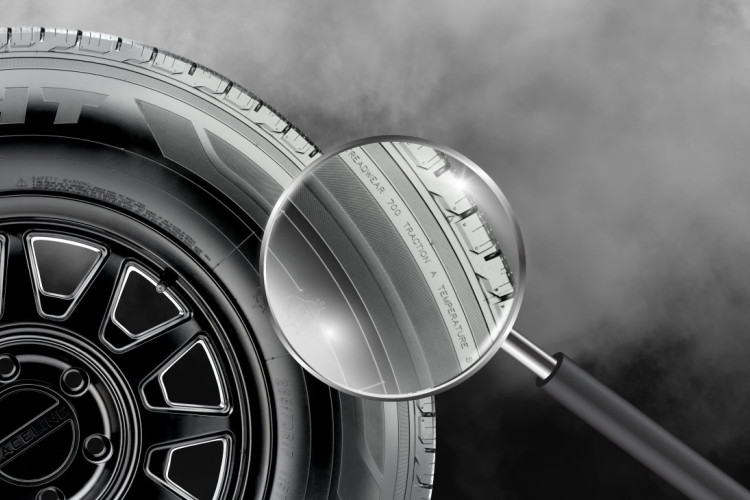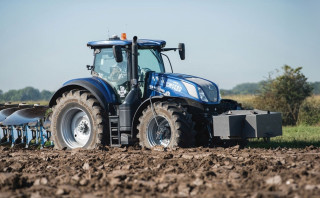Understand the link between traction and compaction
Farmers and contractors should act ahead of time to minimise the risks of soil compaction, says Jared Richards, agricultural sales specialist for the NZ distributor of Vredestein tyres.
Heavy machinery causes compaction, particularly in wet conditions, when it compresses the topsoil. This leaves less space for air to circulate so the soil is less porous and less able to hold water.
Not only does compaction reduce the circulation of air and water in the soil, hard packed soil also resists root penetration and ultimately restricts root growth.
The effects of soil compaction can impact directly on farmers’ bottom lines. Any damage to the soil structure and seedbed means lower yields for the same amount of inputs. US government research1 suggests that compaction can reduce yields up to 50 percent depending on its depth and severity.
While it is possible to rehabilitate the ground it can be expensive and time-consuming. It makes more sense to prevent compaction in the first place by nurturing the soil for long-term productivity.
Most farmers know that the first rule to prevent soil damage is to stay off the field when it is too wet to work. But there are also some other smart moves you can make to ensure your ground stays as productive as possible.
One of the most important is to make sure your tyres are at the correct inflation pressure for field operation.
Jared says this means to reduce the tyres’ air pressure to the minimum amount required to carry the weight of the tractor plus the drawbar. This allows the tyres’ footprints to flatten out. A larger footprint on the ground maximises traction and minimises soil disturbance.
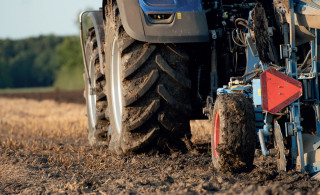
To ascertain what a tractor’s field pressures should be, weigh each of its axles and set the pressure based on the manufacturer’s recommendations. This sounds like a bit of extra work, but the benefits of running a tractor with tyres at correct pressures make it well worthwhile.
“By running tractor tyres at the correct inflation you take maximum care of the soil, your most valuable asset, and you improve grip in muddy conditions and make the tractor more comfortable to ride,” Jared says.
Field pressures are not suitable for operating at road speeds, however, so again you need to check the tyre and tractor recommendations to ensure correct inflation pressures for out-of-field work.
Another smart move is to take note of the options when you purchase new tyres. For example, Vredestein has placed particular focus on their Traxion lug design to ensure more lug contact with the ground. This spreads the load of heavy machinery more evenly.
By running tractor tyres at the correct inflation you take maximum care of the soil, your most valuable asset, and you improve grip in muddy conditions and make the tractor more comfortable to ride.
Germany’s Agrar Technik carried out tests on the Vredestein Traxion+ tyre, and the results showed that it has 8.5 percent more ground contact area than the average of its leading competitors.
In addition to the wider footprint, Vredestein’s ‘traction zone’ means that the tyres grip better with less slippage and less digging in. This reduces the chances of creating rutting in the field.
If you have the opportunity to replace your tyres, it’s also worth investigating whether moving up to a wider size is appropriate. This can have a significant impact on your overall tractor footprint.
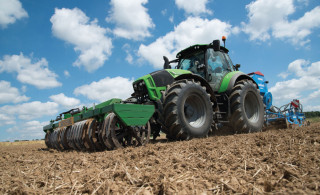
For example, changing from 600/65R38 to 650/65R38 on the rear of the tractor (and the equivalent size changeover on the front) has been shown to effectively increase the rear footprint by around 10 percent and the front footprint by up to 17 percent.
With machinery getting bigger and irregular weather patterns becoming the norm, it is time to make sure you are protecting your future. Get started today by checking out the many benefits of the Vredestein range or finding a dealer at Vredestein tyres.
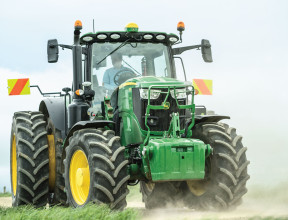
We have the right tyre for all your field needs.
More tips and articles
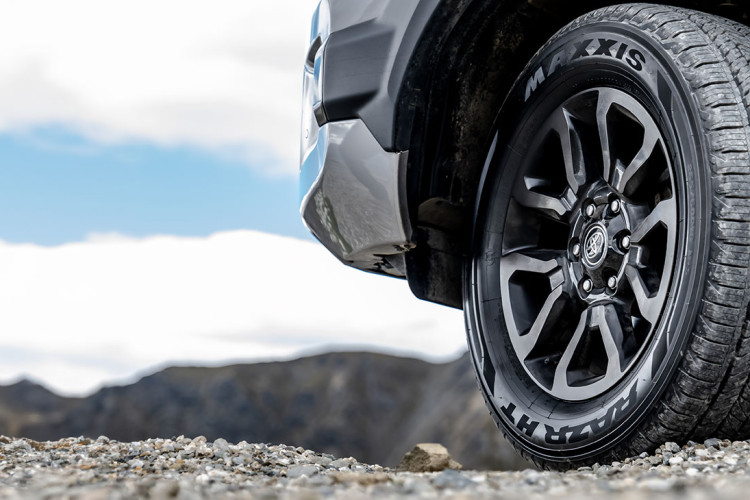
Product Spotlight:
Maxxis HT780 RAZR HT

Why we crashed in 2021
